Watch the Casting of a Giant Mirror for the First Extremely Large Telescope
Credit to Author: Daniel Oberhaus| Date: Sat, 04 Nov 2017 16:00:00 +0000
Galileo didn’t invent the telescope, but he may as well have. Prior to the Italian polymath’s foray into optics, astronomers were relying on telescopes that only magnified objects three times—not great when your job is looking at celestial objects that are millions of miles away. Within a year of making his first telescope in 1609, Galileo had modified the device so that it could magnify objects by a factor of twenty, an improvement that facilitated some of the most important discoveries in early astronomy, such as four Jovian moons and the existence of sunspots.
Today, astronomers are just as dependent on telescopes to observe the cosmos, although the complexity and sheer size of modern telescopes would make them inscrutable to Galileo. At the forefront of modern telescopy is the Giant Magellan Telescope, the first device in a new class of ground-based optical instruments appropriately named “Extremely Large Telescopes.”
When the Giant Magellan Telescope (GMT) becomes operational in the early 2020s, its effective aperture—a way of measuring the optical ‘strength’ of a telescope—will be double the size of the largest optical telescopes operating today. This feat of engineering is largely the result of advances in manufacturing the giant lenses at the heart of the GMT, and no one knows this better than the scientists at the University of Arizona’s Mirror Lab, where astronomers go when they need some serious glass.
“This is pretty much the limit for the limit of a mirror you can cast and still move around,” Robert Shelton, president of the international consortium of universities called the Giant Magellan Telescope Organization that is building the telescope, told me over the phone. “It’s truly an incredible feat of engineering.”
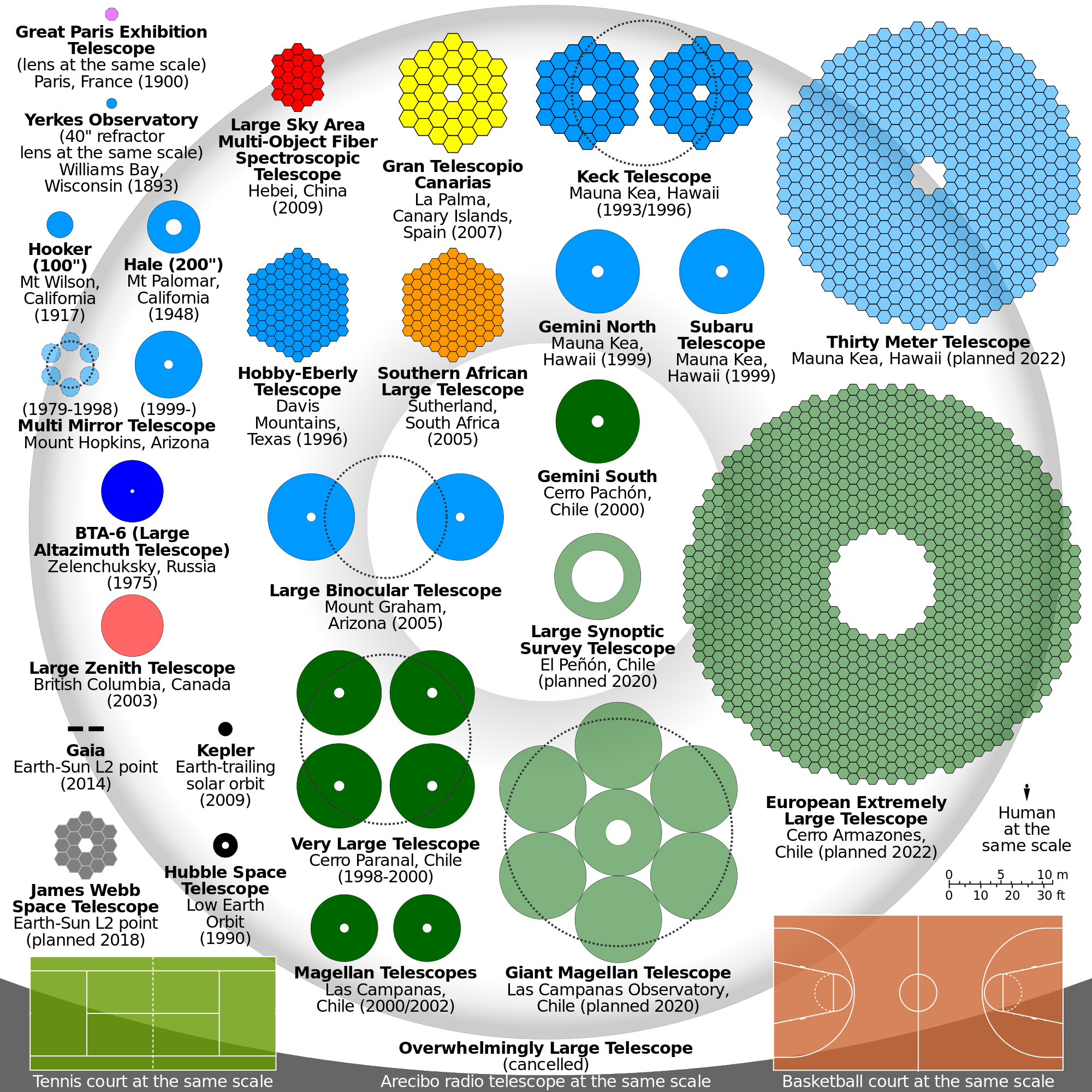
On Friday, the Mirror Lab began casting the fifth of the seven mirrors that will comprise the GMT. The process takes place in a massive facility underneath the university’s football field, and begins with the melting of nearly 20 tons of glass into liquid.
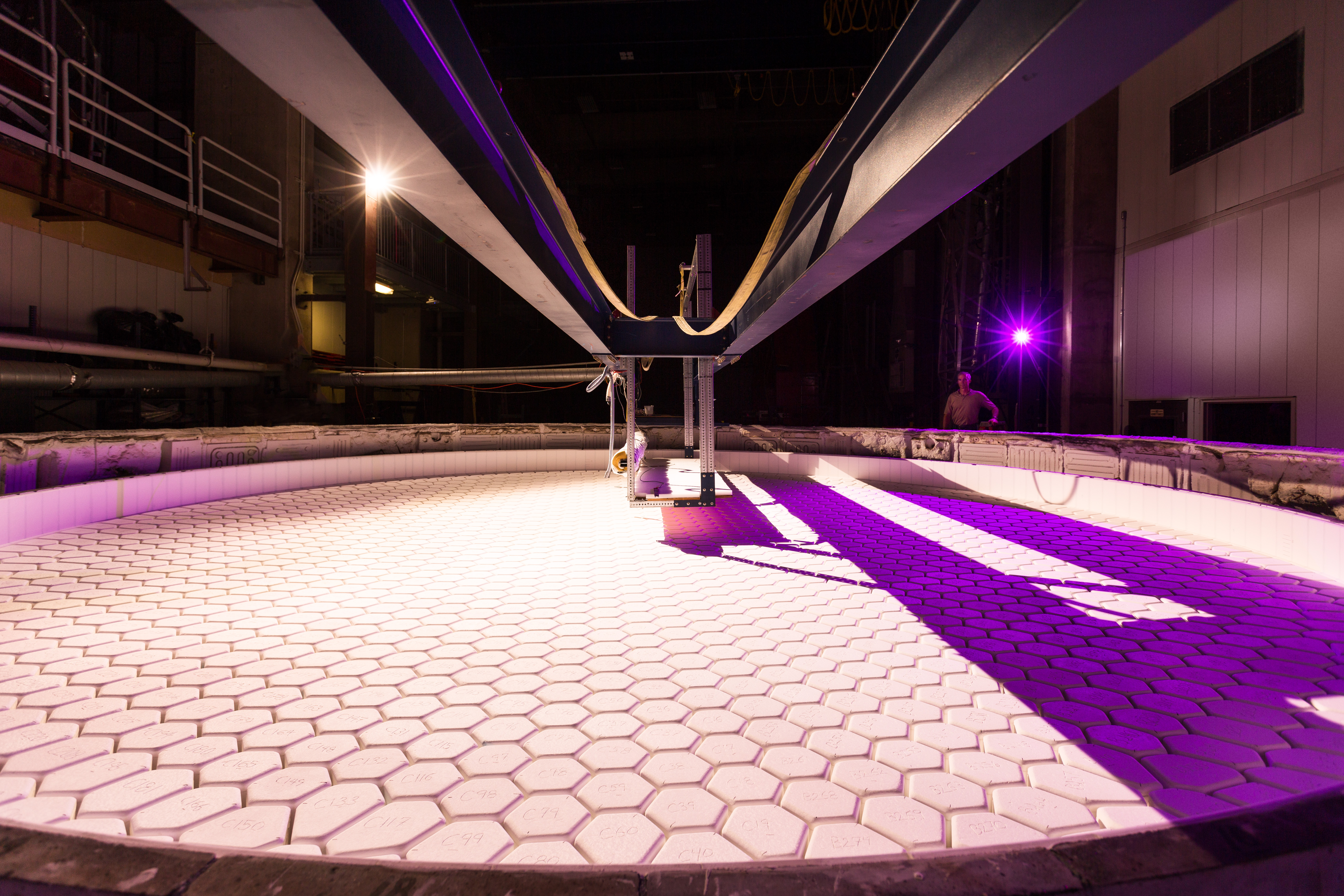
At this point the circular furnace is heated to 2129 F and is spun at five revolutions per minute for four hours. According to Shelton, this slow spinning helps ensure that the mirror is cast in a parabolic shape, which reduces the amount of shaping that has to be done compared to if the mirror was just cast flat.
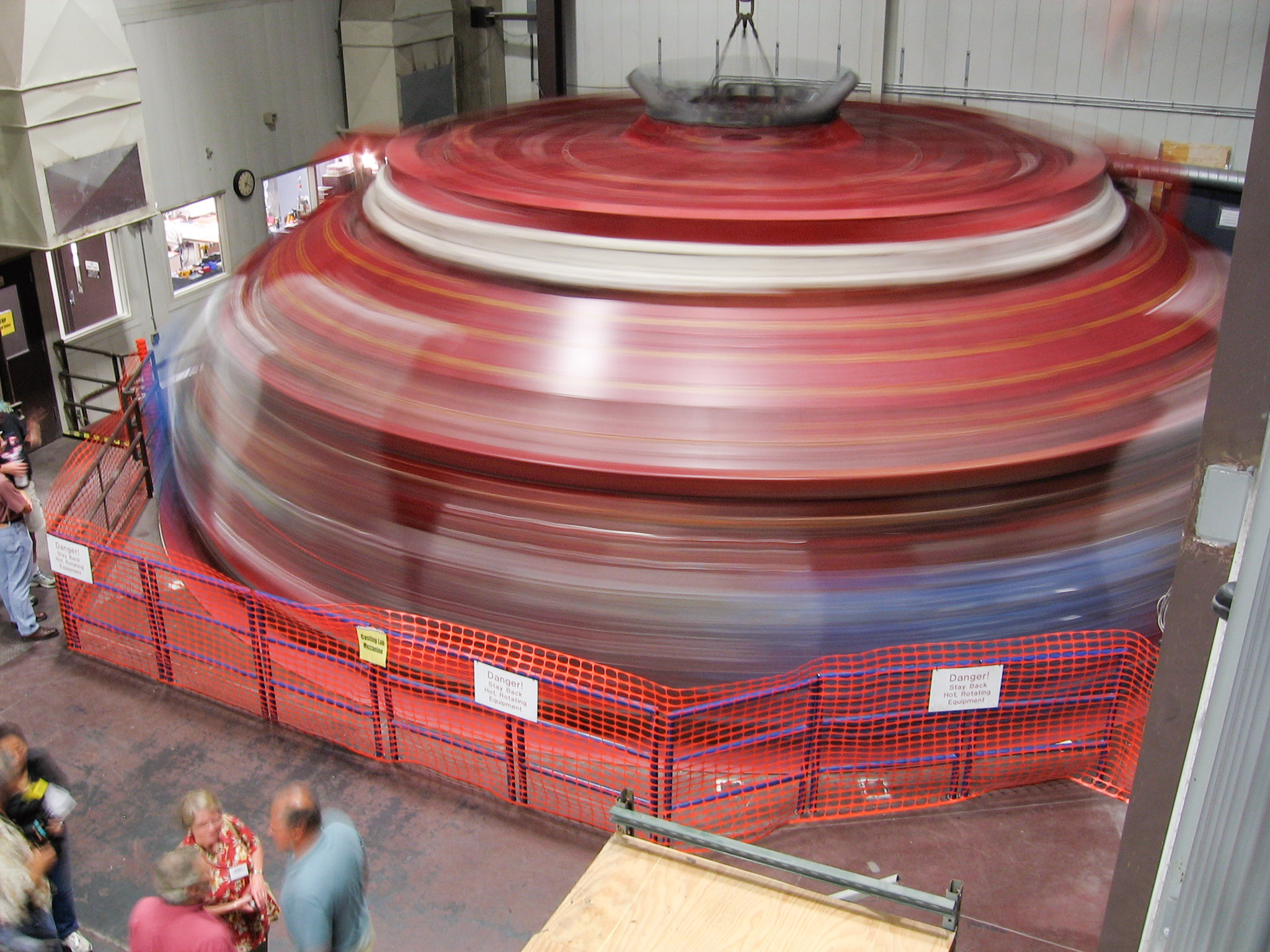
After the liquefied glass has flowed into the hexagonal mold in the furnace, the machine is brought to a slower spin cycle and the glass is allowed to cool over a period of about three months.
At this point, the glass is ready to be shaped and polished so that all the imperfections on its surface are removed. To do this, engineers at the Mirror Lab use machines running a specially made algorithm that ensures that the glass is polished to the specifications required for the telescope. By the time this process—which takes about a year and a half—is finished, the mirror is accurate to one-twentieth the wavelength of light or about one thousandth of the width of a human hair.
Read More: Gods and Telescopes Clash on a Sacred Mountain in Hawaii
By the time everything is said and done the entire process—from ordering the glass to storing the finished mirror—takes about five years per mirror.
The casting of the fifth mirror for the GMT is just the latest development in a process that has been ongoing for over a decade. Work on the first mirror began in 2005 and finished the polishing process in 2012. It is currently being stored at a facility near the University of Arizona until it is ready to be moved to the Atacama Desert in Chile, the home of the GMT.
According to Shelton, all of the GMT mirrors are expected to be ready by 2023 and he is hoping that the GMT will experience “first light”—astronomer speak for the first time an optical telescope is used for observation—with all seven mirrors by 2026. This will make the GMT the first, and perhaps only, of the three currently planned extremely large telescopes to come online. The other two—the Thirty Meter Telescope in Hawaii and the European Extremely Large Telescope in Chile—have been significantly delayed in recent years due to protests over land rights and funding problems.
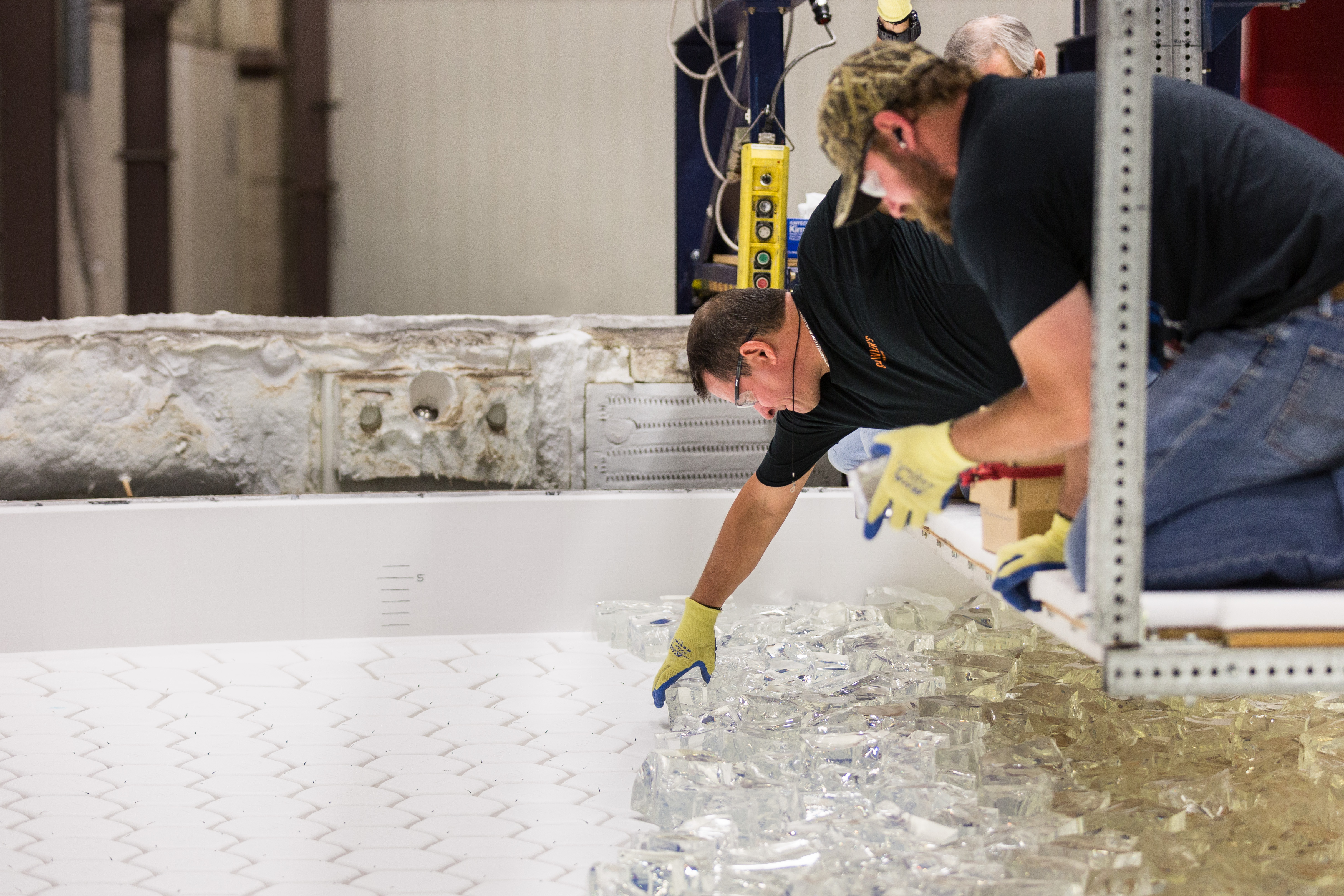
According to Shelton, once the fourth mirror is finished being polished the first four mirrors will be shipped to Chile in massive containers that each cost $400,000. Here they will be driven to the top of the mountain that hosts the GMT building at a breakneck speed of 2 miles per hour to ensure the safety of the mirrors. Then they will be mounted for initial testing and will begin doing some experiments until the final three mirrors are ready to be installed.
Once online, the GMT will be a major boon to optical astronomers. Its seven mirrors will create a telescope with an effective aperture diameter of 80 feet. To put this in perspective, that is about 2.5 times larger than the current largest telescope (the Gran Telescopio Canarias in Spain), and will produce images that are ten times sharper than the Hubble Space Telescope in the infrared spectrum.
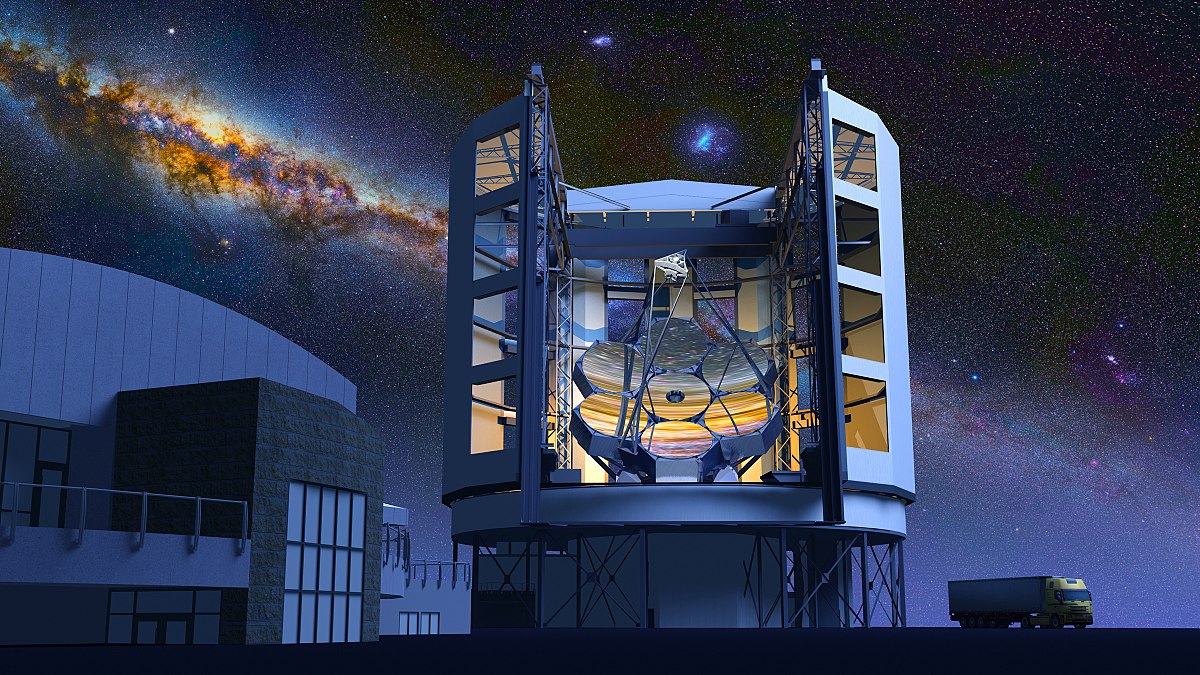
The GMT will be deployed for a number of research projects, including exploring the origins of fundamental elements like carbon and nitrogen, the formation of the first stars in the universe, the nature of dark matter and energy, as well as assisting in the search for life on exoplanets in the Milky Way.
Until then, however, researchers will continue to tirelessly toil in an underground laboratory shaping molten glass so that we can have a better view of the cosmos.